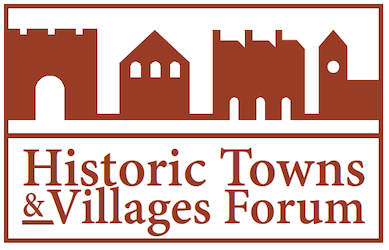Writing Supplementary Planning Documents & Strategies for the Historic Environment

This seminar-workshop looked at best practice for writing policies for the future of heritage assets, their settings and enhancement. Delegates heard about the significance of cross-council resources, input and support, and that intended policy audiences are clear from the outset. Getting a strategy into colleagues’ frame of reference is important for its future usefulness. Visiting two areas of Oxford, delegates looked at shopfronts in particular and then assessed whether two design policies extracts (from Basingstoke and Deane Borough Council and Gloucester City Council) would be effective, and could save ‘reinventing the wheel’ – drawing upon existing policies from elsewhere. Looking at the wider value of heritage to social and economic sustainability was the second part of the day, so that heritage is seen as contributing to wider community and civic goals. The future of non-designated heritage assets was discussed and how community-led local listing recommendations can have more weight in the planning system.
Programme
Here’s one I made earlier – Christina Duckett, Basingstoke and Deane Borough Council
Approaching an Archaeological Action Plan – David Radford, Oxford City Council
Workshop Introduction
Basingstoke and Deane Borough Council, Shopfronts and signage in historic buildings and places
Gloucester City Council, Shopfronts, Shutters & Signage, Design Guidelines for Gloucester
Preparing a District-wide Heritage Strategy & the Role of Communities – Karen Britton, Canterbury City Council
Community and Heritage, Help or Hindrance? Alison Logan, Windsor and Eton Society
Delegates’ Photographs

